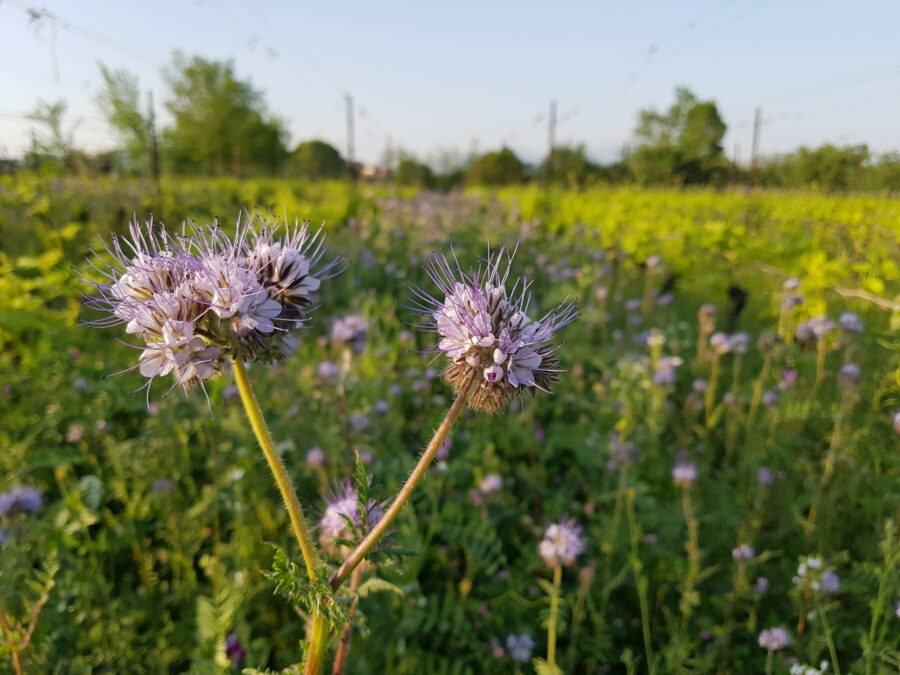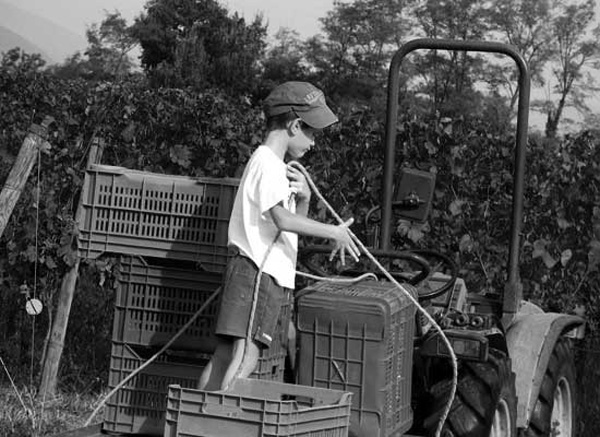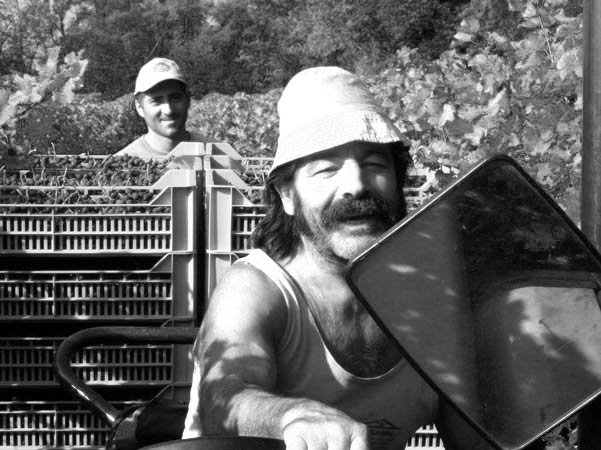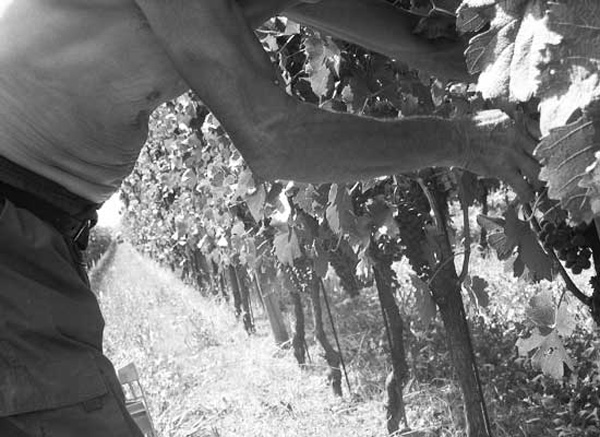

Spring 2018 in the vineyard
posted on 16 May 2018…and here it is already May… The vineyards this spring went through budbreak right on schedule, or nearly, but the weather in April, which was warm and sunny, advanced vine development, slightly earlier than in past seasons.
The shoots are pushing out rapidly now and with a consistency we rarely see, so we are marching with giant steps to that magical, fragrant moment of the flowering of our future clusters.
Work in the vineyards is proceeding very well—suckering, shoot thinning and positioning—to ensure the best possible vine growth and health, which was helped this year by a spring in which rains and sun alternated in a very helpful balance.
Particularly fascinating in this period is the flowering of the many wild grasses that grow in our vineyards, giving them the appearance of a brightly-coloured natural garden. The flowering of the facelia is particularly impressive. It is part of the seed mixture we chose for our in-row cover crop, which then goes into the earth as green manure to enrich the soil with organic material and to replenish soil health—really a wonderful show!
Italia in Rosa
From June 1st to 3rd, Moniga del Garda castle will hold the tasting event “Italia in Rosa”. There will be almost 150 rosé wines, coming from Italy and France. During the entire event, I will be at the tasting area with myRosanoire 2017 Bio.
Instagram
Our recent experience on Instagram is thrilling us.
Follow Cantrina (account cantrina_winery) to be up-to-date with Cantrina’s live.
Cristina and Diego




